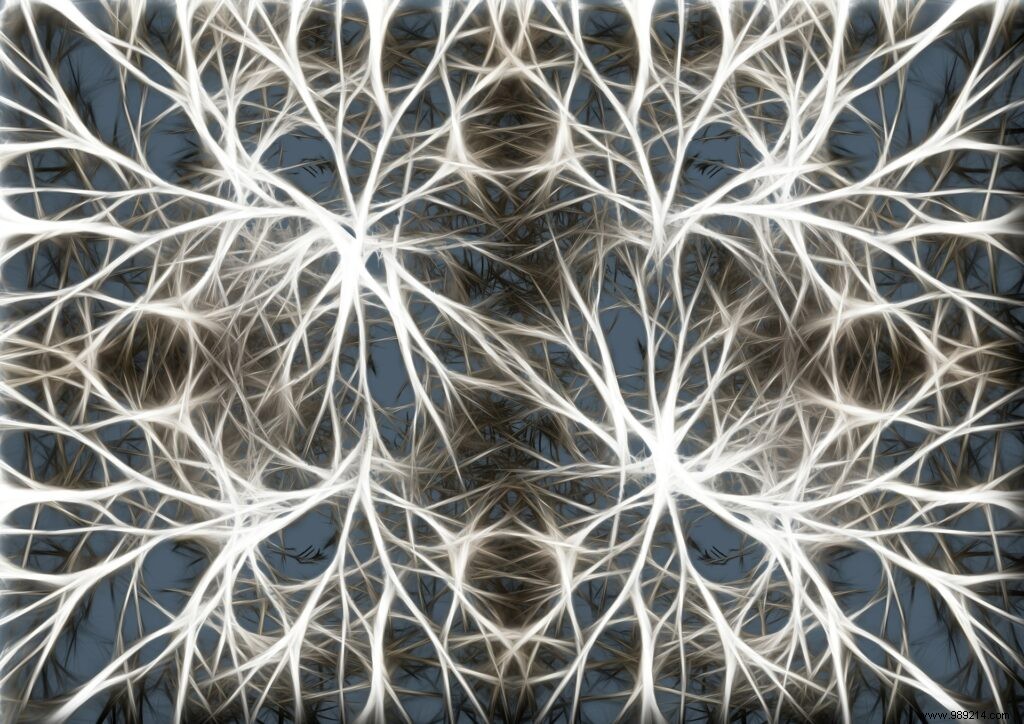The brain is a fabulously complex organic machine with countless neural tangles continuously traversed by electrical impulses. Scientists have long struggled to understand, test and recreate it. However, one question remains essential:how does he learn?
Researchers at the University of Montreal have studied the faculty of acquisition that characterizes living things. Published in Nature magazine, the study focuses on pyramidal cells of the neocortex, responsible for retaining information.
The brain is made up of 100 billion nerve cells divided into four distinct areas:the parietal lobe, the occipital lobe, the temporal lobe and the frontal lobe. Neurons, by analogy, look like a tree, and synapses, the connections between neurons, are like leaves.

Synaptic plasticity is a function of the nervous system essential to memory:it is the ability to make and break neuronal connections . Among other things, it allows the brain to recover from certain lesions and delay neurodegenerative diseases.
The team of researchers from Canada focused on calcium-based synaptic plasticity. Using new computer modeling, scientists can now gain a better understanding of the synaptic change caused by the pyramidal cells that make up 80% of the neocortex . The results of the experiments confronted with those acquired virtually prove it. However, these stem from a single characteristic:calcium dynamism. It remains today to study the many elements of variation of this plasticity.
“ We do not claim that the available experimental data is sufficient to fully constrain the model or validate its predictive power ” , say the researchers. “ Further experiments would be useful to test the model's predictions and refine its hypotheses."
Measurements were performed on slices of rodent brains in vitro . As the researchers point out, “ l synaptic plasticity depends crucially on the dynamics of neurotransmitter release and post-synaptic calcium influx , a non-physiological calcium concentration could produce plastic changes that are not representative of true learning rules in vivo”.
In addition, their new modeling would allow the entire scientific community to progress effectively on knowledge of the brain. “ Optimizing the plasticity model is a computationally expensive procedure, beyond the capabilities of a typical workstation. However, re-optimization should not be necessary for most researchers wishing to use the plasticity model in their own studies."
The study of the brain remains a vast field of discovery, calling on eclectic fields of research. Moreover, very recently, scientists have observed a temperature much higher than expected in our organ of thought.